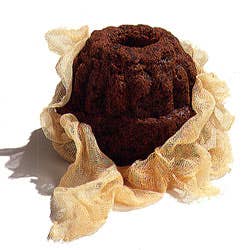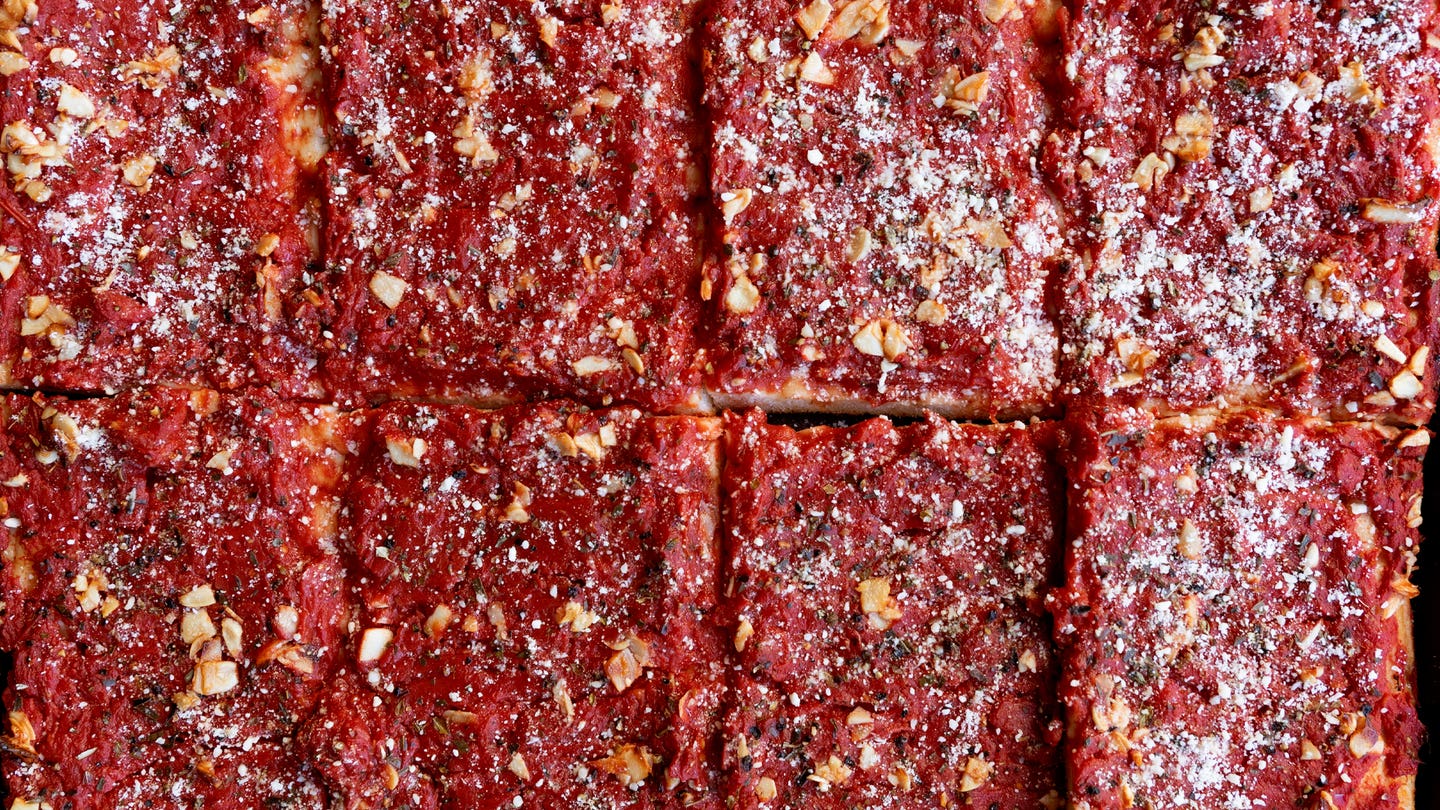
We have Charles Dickens to thank for our seasonal infatuation with plum pudding. No dessert ever had a better press agent. In mouthwatering descriptions of holiday feasts, he paints an irresistible description of steaming puddings flaming in spirituous halos with a heady fragrance of nuts and spices. In A Christmas Carol, he evokes "the pudding…blazing in…ignited brandy…with Christmas holly stuck into the top"—and adds, "Oh, a wonderful pudding!"
The trouble is, when the holidays roll around and we start getting weepy over Tiny Tim and the Cratchits, it's already too late to whip up a good plum pudding. This is a dessert with a schedule, requiring a slow, initial steaming and several months of aging in brandy-soaked cheesecloth.
Luckily, there's somebody planning ahead and doing all the work for the rest of us laggards. Patti Garrity in the Los Angeles community of Manhattan Beach—of all places—makes a plum pudding that would leave even Dickens at a loss for words.
"Most plum puddings could act as doorstops," says Garrity—including her own when she first tried making them in the early 1960s. But after eight years of determined effort, she finally got it right, hitting on the formula for a pudding that is flavorful, moist, and airy.
She got so good, in fact, that in 1979, she turned her pudding making into a business, and now creates and sells puddings by the thousands. Garrity has only one product in her line and only one big selling time—Christmas. But she works feverishly for six months each year. Her mission is to teach Americans that this light, spice-filled cake is nothing like a rich and heavy fruitcake. "My plum pudding has no bitter citrus peels, and tastes infinitely better than fruitcake does," says Garrity. What it does have, she adds, are dried dates and currants, eggs, beef suet, brown sugar, nuts, cinnamon, cloves, mace, and other spices—but no plums. Whether the original English pudding ever had plums in it, or whether plum simply refers to the recipe's cooked raisins, is a subject of debate among dessert scholars.
The pudding, which is molded in the shape of a Bundt cake, is customarily served hot, either steamed over gently boiling water or wrapped in foil and reheated in a low oven. The brandy-soaked cloth preserves the pudding, but the alcohol evaporates during the months of aging, leaving no alcohol taste. You can add back that liquory taste by whipping up a hard sauce, a creamy mixture of softened butter, powdered sugar, and brandy, rum, or whiskey that's traditionally served with the dessert. Or try a hot cinnamon-butter sauce or a drift of foamy, sweet whipped cream, other favorite accompaniments. Puddings should be served with as much panache as possible: Be a showboat. Hit the lights. Heat brandy on the stove to ignite and pour slowly over the pudding at table side for a flashy finale to a meal.
Keep Reading
Continue to Next Story










